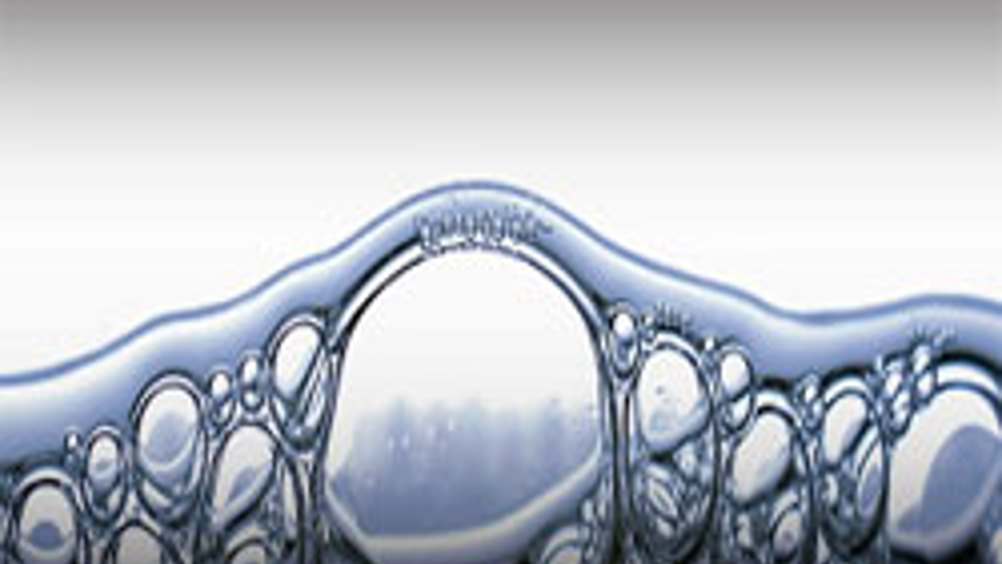Decontamination development
Researchers at Sandia National Laboratories claim to have created a material that is far more effective at decontaminating water than any other product on the market.

Researchers at Sandia National Laboratories claim to have created a material that is far more effective at decontaminating water than any other product on the market.
Sandia has applied for a patent on the material, which removes bacterial, viral and other organic and inorganic contaminants from river water destined for human consumption, and from wastewater treatment plants prior to returning water to the environment.
Sandia is working with a major producer of water-treatment chemicals to explore the commercial potential of the compound.
The water-treatment reagent, known as a coagulant, has been made by substituting an atom of gallium for an aluminium atom in the centre of an aluminium oxide cluster – itself a commonly used coagulant in water purification.
The substitution uses a simple chemical process of dissolving aluminium salts in water, gallium salts into a sodium hydroxide solution and then slowly adding the sodium hydroxide solution to the aluminium solution while heating.
May Nyman, principal investigator at Sandia, said: 'The substitution of a single gallium atom in that compound makes a big difference. It greatly improves the stability and effectiveness of the reagent. We've done side-by-side tests with a variety of commercially available products. For almost every case, ours performs best under a wide range of conditions.'
Register now to continue reading
Thanks for visiting The Engineer. You’ve now reached your monthly limit of news stories. Register for free to unlock unlimited access to all of our news coverage, as well as premium content including opinion, in-depth features and special reports.
Benefits of registering
-
In-depth insights and coverage of key emerging trends
-
Unrestricted access to special reports throughout the year
-
Daily technology news delivered straight to your inbox









Water Sector Talent Exodus Could Cripple The Sector
Well let´s do a little experiment. My last (10.4.25) half-yearly water/waste water bill from Severn Trent was £98.29. How much does not-for-profit Dŵr...